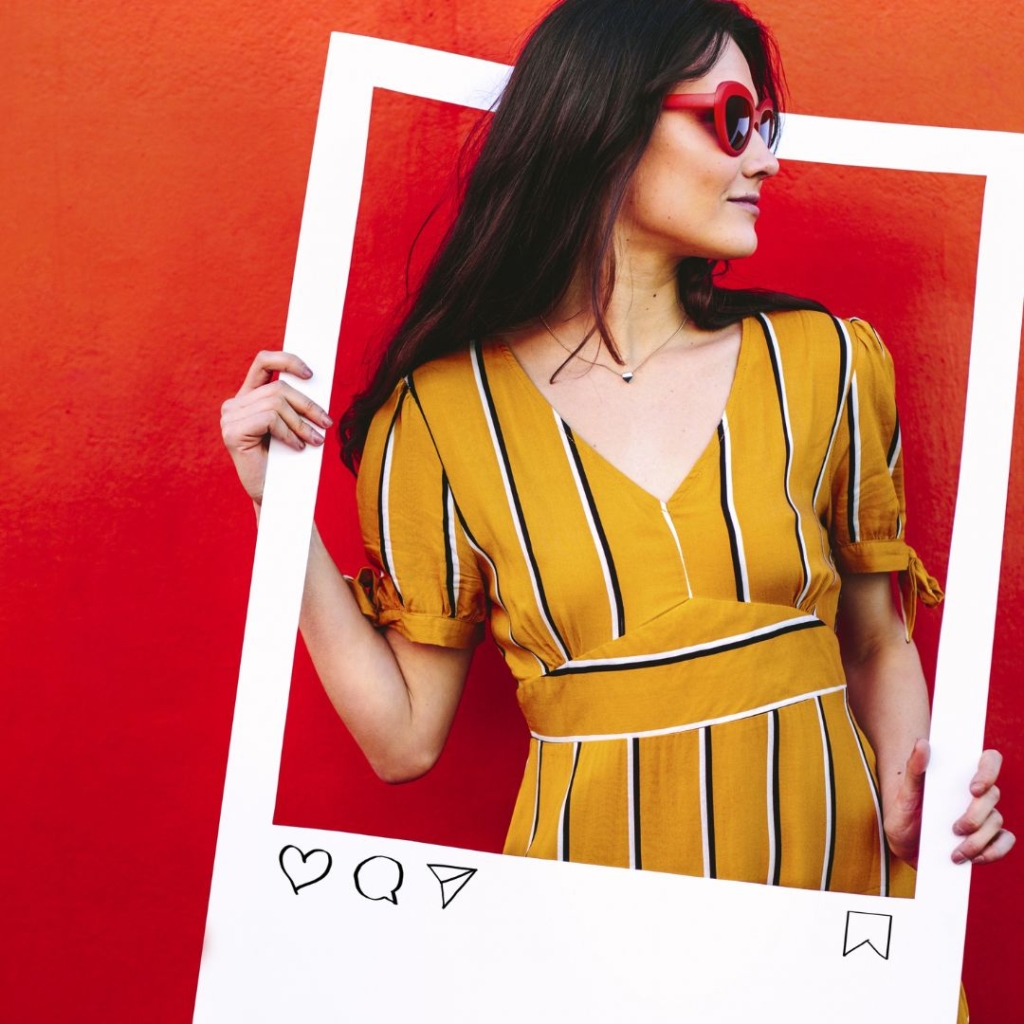Overview:
Can the law protect personal style? Influencers are testing trademark law’s limitations by litigating over personal aesthetics. How might surveys influence decision-making?
The Beige Beef Brings Vibes Into the Courtroom
Sydney Nicole Gifford is a Texas-based influencer with more than half a million followers across social media platforms, including Instagram, TikTok, and her Amazon storefront. Gifford filed a copyright infringement, trade dress misappropriation, and unfair competition action against competing influencer Alyssa Sheil in Texas federal court in April of 2024. The complaint alleges that Sheil reproduced Gifford’s copyrighted images, misappropriated her likeness, and appropriated Gifford’s trade dress, including hairstyle, poses, and tattoo, misleading followers and giving Sheil an unfair advantage.
The complaint further alleged that Sheil copied the “vibe” of social media posts and the curation of Gifford’s Amazon Marketplace. Specifically, Gifford claims that her signature monochromatic, gray, cream, and neutral-beige color scheme; way of speaking to followers; styling of Amazon products; and personal style are markers of her trade dress. She asserts that Sheil’s use of this trade dress will result in consumer confusion between her profile and Sheil’s, as well as between designers and promoted products.
What is a vibe, under the law, and can a vibe be protected trade dress? The algorithms that underlie social media platforms use shapes, colors, and styles to suggest videos users may be interested in. If those algorithms recommend Sheil’s videos to users who just watched Gifford’s videos, users are more likely to be confused, and Gifford may lose profit from potential sales through her affiliate links. Is imitation the sincerest form of flattery, as Oscar Wilde said, or is it legally actionable?
Personal Style, Trade Dress, and the Creator Economy
The creator economy is a growth economy. Goldman Sachs estimates that it could reach $500 billion by 2027, doubling its size of $250 billion last year. Influencers and creators have distinctive brand identities, including clothing and hairstyles, postures, and interior aesthetics, and may stand to lose a lot from sponsorship and endorsement deals if those elements of their personal style are infringed. Cases are emerging among creators, influencers, and brands seeking to gain intellectual property protection for elements of their personal branding, but the magistrate judge in this case noted that it “appears to be the first of its kind,” and The Fashion Law calls the case closely watched.
Because Gifford argues that social media users may be confused by the similarities between her work and Sheil’s, one way for either side to provide evidence in this case (or similar ones) would be to commission a likelihood of confusion survey interviewing social media users who follow similar lifestyle influencers. As influencers seek greater protections, consumer surveys may play a larger role in helping make protections black and white.
If you need reliable, well designed surveys for use as evidence in trademark or trade dress litigation, contact MMR Strategy Group today.
